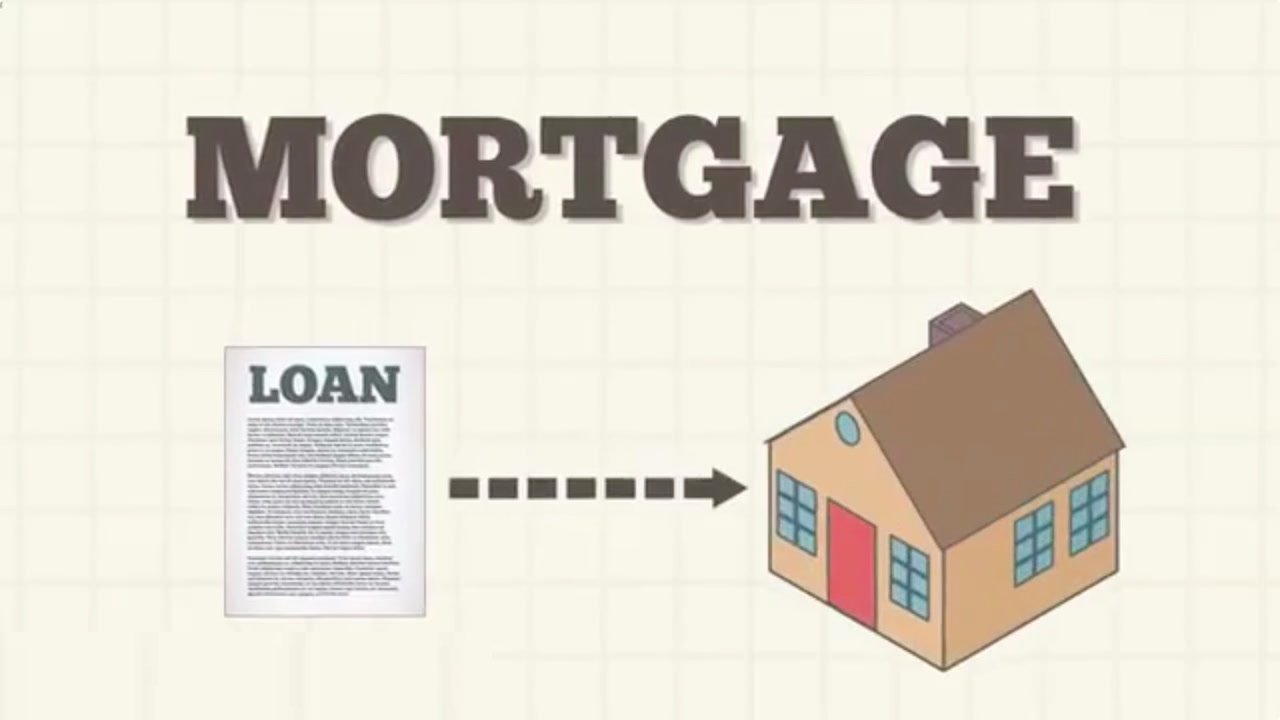

A mortgage is a written agreement that gives a lender the right to take your home if you don’t repay the money they lend you at the terms you agreed on. Your mortgage payment amount is based on how much you borrow, the length of your loan term and your interest rate.
Each month you pay principal and interest. The principal is the portion that’s paid down each month. The interest is the rate charged monthly by your lender. At first you pay more interest than principal. As time goes on, you pay more principal than interest until the balance is paid off.
The size of the loan. The interest rate and any associated points. The closing costs of the loan, including the lender’s fees. The Annual Percentage Rate (APR). The type of interest rate and whether it can change (fixed or adjustable). The loan term, meaning how long you have to repay the loan. Does the loan have risky features, such as a prepayment penalty, a balloon clause, an interest-only feature, or negative amortization

Principal: The original loan amount. Interest: The cost of borrowing the money, usually expressed as a percentage rate (APR). Term: The length of the loan, commonly 15 or 30 years.
Learn MoreFixed-rate: The interest rate stays the same for the entire loan term. Adjustable-rate (ARM): The rate can change over time based on market conditions.
Learn MoreLenders typically look at: Credit score Income and employment history Debt-to-income ratio Down payment amount
Learn MoreYou can find here the best mortgage lenders, by referral from a friend or family member or ask your real estate agent for a recommendation. To get the best rates for your mortgage, shop current mortgage rates with at least three different lenders.
Mortgage loans are used to buy a home or to borrow money against the value of a home you already own.
Get loan
necessary, making this the first true generator on the Internet. It uses a dictionary of over 200 Latin words, combined with a handful